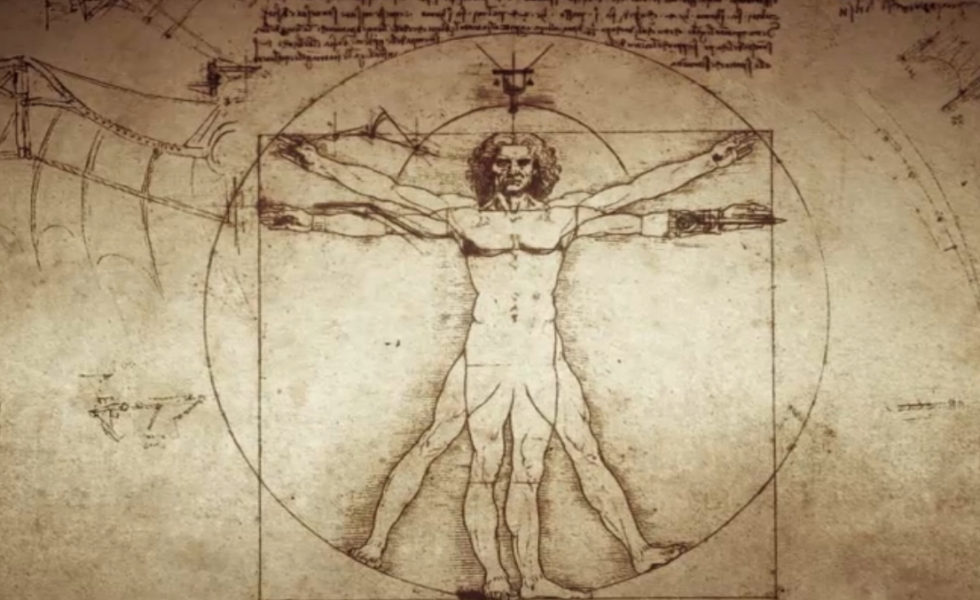The Interconnected Body

What does the neck have to do with knee pain?
Or the feet have to do with lower back pain? Why do you start to have right shoulder pain shortly after injuring your left hip?
These are questions that we hear often in the office when we work on unraveling injuries.
Sometimes in our ever more segmented medical system, with specialists for every little aspect of anatomy and physiology, we forget that our bodies work as a functional whole. The miracle that is our body, functions as more than just a sum of its parts.
When presented with musculoskeletal injuries, it is imperative then, to look at the body in question utilizing different approaches. Often the issue is multi-faceted, but many times helping one area will benefit many other areas as well.
Top-Down Approach
The first approach that we will look at is a top-down approach. When we start with the head and work down, we can find the source of many issues. Our body will often adjust itself based on an effort to keep our eyes level with the horizon. Keeping this in mind, if our eyes want to stay level with the horizon, but our neck doesn’t adequately stabilize our head, our back will be recruited to compensate. Weak or imbalanced neck muscles are often the cause of back pain.
Bottom-Up Approach
Other times, we must use what is called a bottom-up approach. Disregarding the typical, sedentary life of the modern, first-world nations, we as humans get around mainly with our feet. Walking is our most basic mode of transportation, so keeping our feet healthy is incredibly important. Think about it, when we injure a foot, we adjust our knees, hips, pelvis, and back to prevent eliciting pain from the injured foot. That can cause strain on the muscles in the uninjured leg, the hips, and back, among other areas, just simply trying to do the job of two legs.
X of the Body
A vital connection in the body that many people don’t often recognize, is the connection between the right arm and the left leg, and vice versa (left arm and right leg). The X of the body, if you will. The reason for this connection is the basic mechanics of walking. When we step forward with our right leg, to both maintain balance and generate force, our left arm swings forward. Injuring a shoulder or a hip, then, throws off our natural walking gait pattern and can cause compensations. People actually find that when they injure a hip on one side, they will have pain in the opposite shoulder from trying to keep the body in balance.
Conclusion
There are many different reasons why musculoskeletal pain may be present in the body, and there are multiple methods of figuring out why it is there; whether we look at the body using a top-down approach, a bottom-up approach, or even in terms of our typical gait pattern.
 True Health | Charleston, WV
True Health | Charleston, WV
Recent Comments